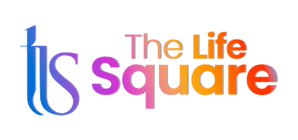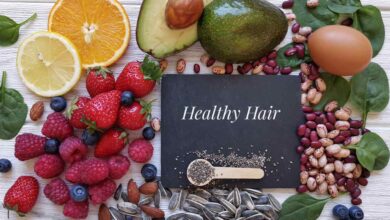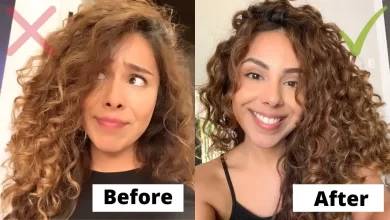How To Get Rid Of Lice in Hair – Quick Guide
Are you not able to take your hands off from your head? Have you spotted a tiny, white speck in your hair? Then, I guess you’ve Lice in hair.
This four letter word is enough to make anyone panic. Also, lice infested hair score high on the yuck factor.
I don’t want to admit it, but even I had them when I was in high school and it was quite embarrassing and frustrating too. I used to shed tears and think of different ways to get rid of lice in hair. However, I was able to knock them off with lice treatments at home.
In this article about how to get rid of lice, I’ll try to explain everything I got to know about lice in hair and also debunk some silly myths related to it.
What Are Lice? (The Annoying Little Monsters)
The head louse (plural-lice) or Pediculus humans capital is a small, wingless parasitic insect which lives in your hair and feeds on tiny amounts of your blood drawn from the scalp.
Lice are a very common problem, especially in kids. They’re annoying, contagious and sometimes tough to get rid of, but they aren’t dangerous. They don’t spread any disease, although their bites can make your scalp itchy and scratching can lead to infection.
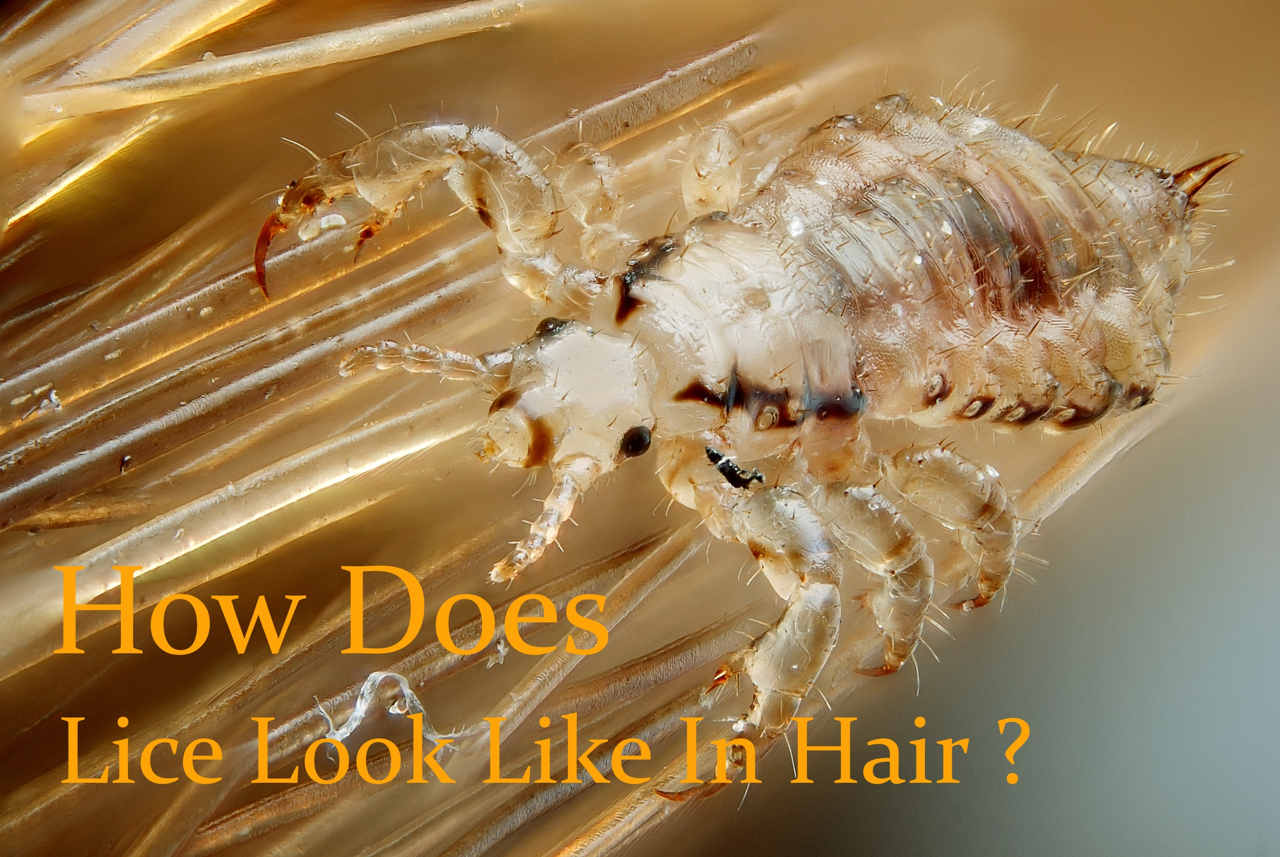
What Does Lice Look Like In Hair? Pearls? Naahhh.
1. Nits
The life cycle of head louse starts from nits. Nits are lice eggs in the hair that are attached to the hair shaft and hatch within a week.
These microscopic eggs look sort of like dandruff or residue from hair styling products. Their color may vary from white to brown to tan. When first hatched, they’re smaller than the size of a pinhead.
2. Nymphs
When the eggs hatch, an immature form of parasite that is grayish tan in color comes out of them. They’re called nymphs or baby lice.
3. Adult lice
After 9-12 days, when they’re fully grown, nymphs mature into adults and are about the size of a sesame seed. The average size of adult lice is still tiny, at 2 to 3 mm.
According to South Orange town Central School District, lice CAN’T fly, swim or jump (Thank God!) and are spread by head-to-head contact. They crawl from head to head only when they’re adults or nearly mature juveniles.
These pesky parasites have six legs with claws at the end and that is how they keep on clinging to hair.
Female adult lice stay pregnant for life and can lay three to four eggs every day. The eggs are laid right onto the shaft of hair and glued on by secretions from the female louse.
Also, after hatching, the remaining shells look white or clear and stay firmly attached to the hair shaft.
Lice In African American Hair: Do You Think Lice Are Racist?
Well, you’ve all the reasons to hate head lice, but at least they’re NOT racist.
Why?
Lice in hair don’t give a damn whether your hair is thin or thick, smooth or coarse. They just want uninterrupted food supply that is: Your Blood.
A study has also confirmed African American hair is not resistant to lice in hair. Therefore, no hair is immune to head lice.
But, Black people can’t get lice as much as White people.
How To Tell If You Have Lice in hair?
Nits on the hair shaft
Nits are tiny yellow, brown or tan dots before they hatch. Lice lay eggs on hair shafts close to the scalp. Because the temperature is perfect there for keeping them warm till they hatch.
It’s difficult to know if you have lice unless the infestation is heavy and live lice are crawling on the scalp.
Adult lice and nymphs
Well, this is the obvious sign of lice.
Nymphs are smaller than adult lice and become adult about 1 to 2 weeks after hatching. If you don’t treat head lice, this process will repeat itself about every 3 weeks.
Intense itching
Head lice cause no symptoms in many people, but if your scalp is itching like hell, then chances are that you’ve dandruff or lice.
Saliva- producing the toxin that the lice inject into the scalp when it feeds causes itching. If the infestation has just occurred, then itching will be very mild. But, if the infestation has gone untreated for a long time, then itching will be severe.
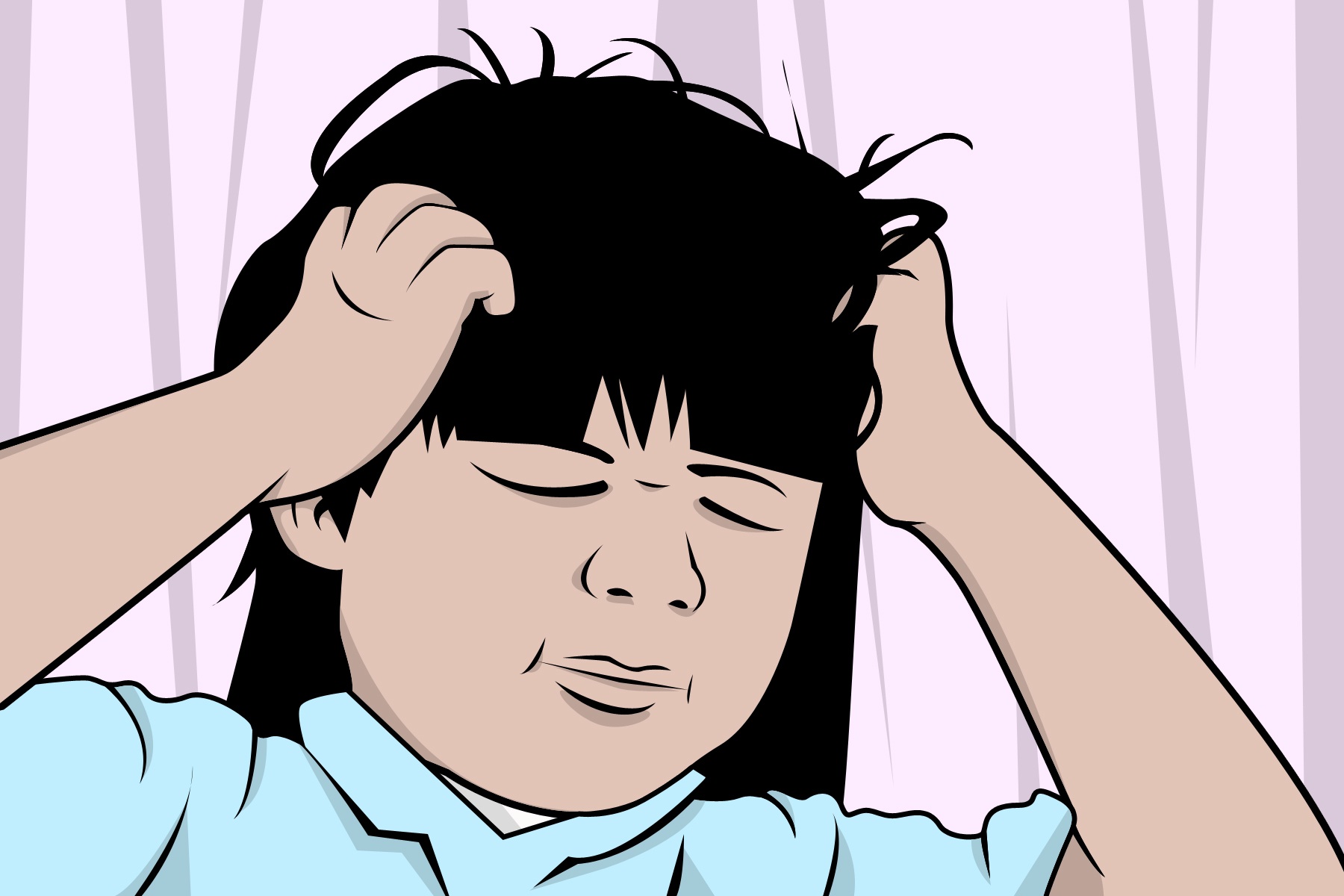
Sores on the head and neck
Very tiny red areas or sores might be seen on the scalp due to the louse bites. They may develop from continued scratching and itching. Mostly, lice infestations don’t lead to infections.
But, sometimes these sores become infected and a person might develop swollen glands under the arms or in the neck.
Sleeplessness
If you’re not able to sleep at night that doesn’t mean you’re in love or insomniac, head lice can also disrupt your sleep. As the lice are more active at night or in dark, difficulty in sleeping can also be a sign of lice infestation.
Feeling of something moving in the hair
Do you feel as if something is crawling in your hair? Then, unfortunately, you might be having lice as this is another symptom reported by some people.
Where Does Lice in Hair Come From?
Research published in PLOS Biology suggested that one of the types of lice, a “worldwide” species, came into existence first.
The species of lice in hair Pediculus humans which affects modern-day humans come from two different lineages of parasites. Around a million years ago, a newer clade diverged from “worldwide” species and was confined to North America.
A clade is a group of organisms that are not genetically identical but share a common ancestor.
This divergence of two species mirrors the evolution of human species from Homo erectus to Homo sapiens roughly at the same time period.
How To Get Rid Of Lice and Nits?
If you or your child has head lice, then don’t freak out. Just take a deep breath!!
Sure, they’re disgusting (just mentioning their name can make your head itch), but they aren’t harmful to health.
Years ago Albano Krosche used to spend hours on extracting nits and lice by hand from her daughter’s hair.
Treat Lice At Home To Save You From Embarrassment
American Academy of Dermatology has suggested following lice treatments on how to get rid of lice in hair:
- Comb wet hair section by section with a fine-toothed comb, which is easily available at your nearby drugstore, to remove lice and nits.
- After comb-through, use a magnification light to find and pick out any lice, which is left.
- Once the comb has run through a section of hair, clean off the comb in a shallow bowl filled with water and dish soap. After that, wipe it dry using facial tissue to remove any lice or nits that have clung to it.
- Keep on repeating this process until you’ve combed through all of your hair.
- Wash your hair again to feel cleaner.
Can Hair Dye Kill Lice For Good?
If you’re lucky enough, then hair dye and bleach might kill nymphs and adult lice in your hair. Or you’ll be left with colored head lice. As till now no study has been able to prove that hair dye kills lice.
The chemicals in some brands of hair dye are toxic for these little critters. However, dying your hair generally doesn’t kill lice eggs because the chemicals can’t penetrate the shells of the eggs.

Treatment
- Don’t use a hairdryer on your hair after applying any of the scalp treatments because some might contain flammable ingredients. Also, hair dryer could cause live lice to blow into the air and spread to the people nearby.
- Don’t wash your hair for 1 to 2 days after using a medicated lice treatment.
- Don’t use a conditioner or shampoo before applying lice medication.
- Don’t hire a pest control company or use sprays to get rid of the lice, as these treatments can be harmful.
- Head lice can’t survive for long once they fall off you, so you don’t need to spend your hard earned money on these little vampires.
- Don’t use the same medication more than three times, if it isn’t working. Consult your doctor and he’ll recommend you another medication.
- Don’t use two or more head lice medication at a time. Just stick to one and be patient.
- Don’t use chemicals such as kerosene or gasoline on the hair as they’re highly flammable.
- Don’t use essential oils (such as tea tree oil) to treat head lice. These oils can cause allergic reactions on the scalp.
Also, there are no studies to show that such treatments actually work or not.
Things To Remember
- A head full of lice isn’t a sign of poor hygiene or dirtiness. No matter how often you do or don’t wash your hair or bathe. These pesky little bugs can bug you irrespective of your age and socioeconomic levels.
- Never ever share your combs, brushes, bandanas, hats, scarves, ribbons, hair clips, hair ties or bands, helmets, towels or other personal care items with anyone else. Because this sharing isn’t caring.
- Ask your kids to try to avoid head-to-head contact at school, gym, on the playground and while playing at home with their friends.
- Don’t lie on the bed and use pillows that have recently been used by someone with lice.
- Examine members of your household every 3-4 days, who have had close contact with a person who has lice. If they have lice, then treat them accordingly.
- Lice in the hair only affect humans and CAN’T be passed on to animals or vice-versa.
- Centers for Disease Control and Prevention has asserted that chlorine doesn’t kill head lice. So, now you need not ask – Does chlorine kill lice? from anyone, not even Google.
In The Nutshell
Detecting head lice is a taxing task. The worst thing is that lice have become resistant to the OTC stuff. But, if lady luck smiled on you then check out this guide on how to get rid of lice at home remedies for lice in hair will cure this nuisance for good.
If you’ve benefited from this article, then be a good friend and don’t shy away from sharing it with your friends who have lice in hair.
